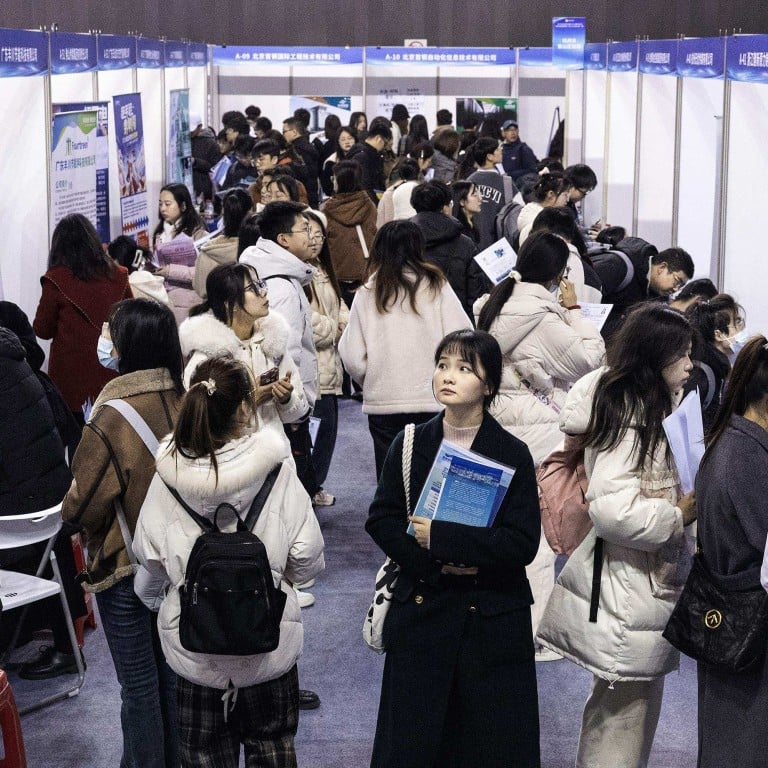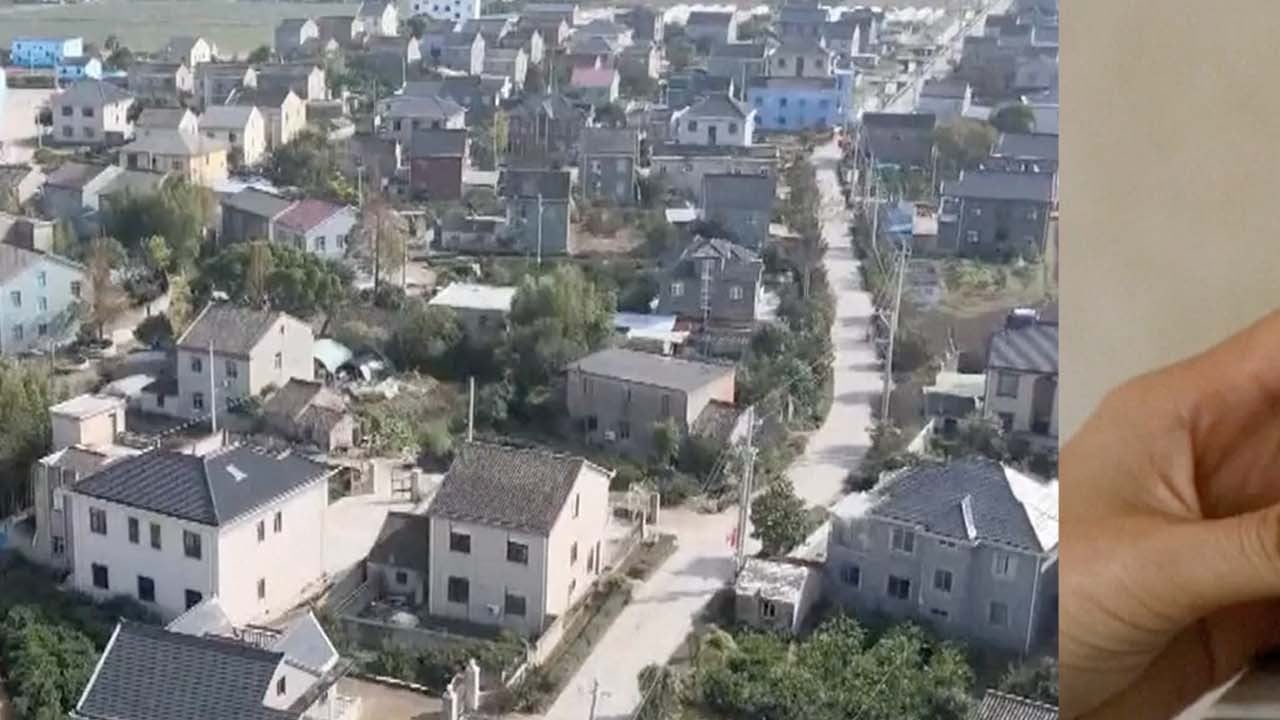
For the sake of its economy, China must address youth unemployment
- Beijing is already throwing the sink at the problem, from finding ‘new productive forces’ and sending youth to the countryside to making university deans knock on company doors for jobs
Local governments focused on virus containment often overlooked the economic impact of their actions, in particular on the service sector, which employs many young people. The challenging youth job market has intensified generational tensions even as the economic slowdown spotlights the burden of an entire generation of only children having to support their parents.
Echoing this, the 2022 Central Rural Work Conference discussed strategies to guide graduates, skilled individuals, migrant workers and entrepreneurs to contribute to countryside development, emphasising a structured approach to rural engagement and revitalisation.
This idea was implemented at the local level. Last year, for instance, Guangdong unveiled an ambitious three-year plan to send 300,000 young people to the countryside.
This initiative aims to mobilise 100,000 young people to help in the rural areas, provide another 100,000 with practical rural experience, and enhance the skills of a further 100,000 for the rural revitalisation effort by end-2025.
It also seeks to enable 10,000 young people to secure rural jobs in rural regions and help another 10,000 become entrepreneurs. In addition, it wants exceptional undergraduates and graduates across its cities to come forward for two to three years of voluntary service in rural revitalisation efforts.
China’s ‘first coffee village’ highlights potential for rural revival
Meanwhile, the education ministry is focusing on building and honing a national “platform” to promote smart education, including working on the Smart Education of China portal, a one-stop shop offering educational and job-seeking resources, and the National Public Service Platform for Educational Resources website, a key resource for educational and public services for students and teachers.
Additionally, it has increased support for young science and tech talent in universities, to encourage them to take on challenges and explore new areas for groundbreaking achievements, potentially boosting China’s innovative capacity.
In 2022, the education ministry launched a special campaign for leaders in universities, including deans and party secretaries, to visit companies and promote employment for their graduates, with each university required to make contact with no less than 100 enterprises.
Merely relocating young people to the rural areas may adjust employment statistics at the local level but it doesn’t solve the problem. At the national economic level, there appears to be a renewed push for exports but the international environment presents challenges.
In such an economy, youth unemployment is giving rise to concerns about a loss of social status and consumption power. Beijing cannot fully enact its dual circulation strategy without first effectively addressing the country’s youth unemployment problem.
Dominik Mierzejewski is head of the Centre for Asian Affairs and associate professor in the Department of Asian Studies at the Faculty of International and Political Studies at the University of Lodz, Poland


